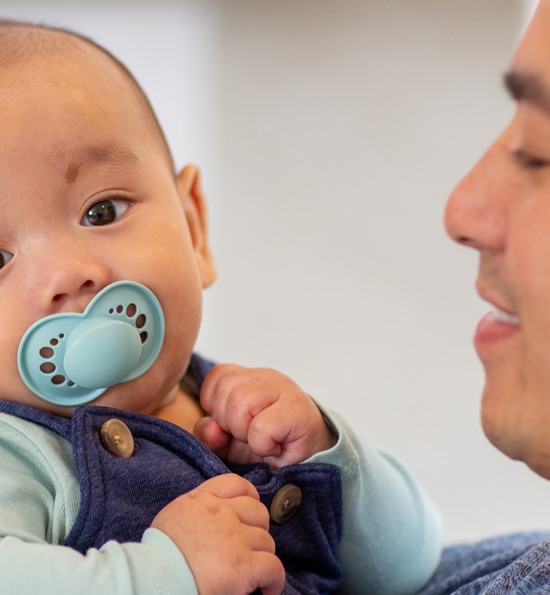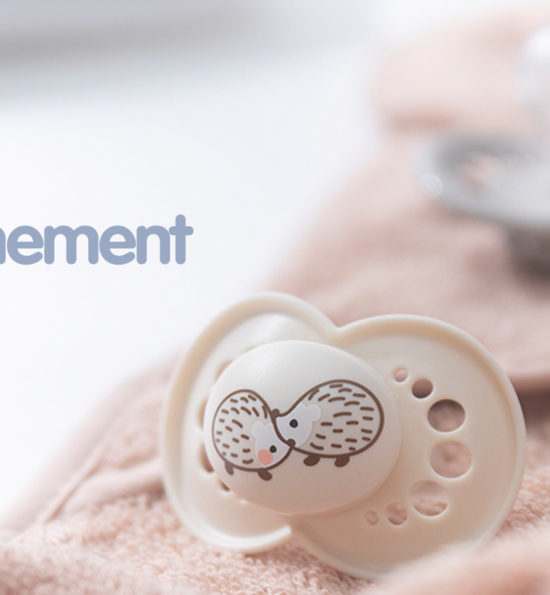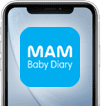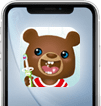by Amelia Mae Cunningham
Your child’s love for reading can begin earlier than you think.
While some children learn to read at 4 or 5 years, the majority will get the hang of it by age 6 or 7. But, this doesn’t mean you can’t start reading to your child any earlier. Actually, the younger, the better!
As well as preparing your baby’s brain for language and sentence formation, rest assured that getting your baby familiar with words and sounds, to the very practice of helping your child learn to read, doesn’t have to be a chore.
There is tonnes of fun that reading can bring to the whole family and aside from being a great bonding activity, the most important thing is that helping your child to learn to read is enjoyable and becomes part of your daily routine. Whether it’s a morning story or one before bed, young babies really enjoy the concept of stories, colours, letters and numbers through songs, flashcards, or simple picture books.
Whatever it is that you choose to do, here are 5 steps that you can use to help your child to learn to read from baby and beyond…
It can start from the womb!
You can start reading to your baby when you’re pregnant. It’s a relaxing activity for pregnant mums to really bond with their baby. Babies recognise their mother’s voice while they’re in the womb and they will get used to the sound and tone of your voice early on. Furthermore, while your baby won’t understand your words, hearing your voice will stimulate an interest in sounds and help to develop early language learning and listening skills!
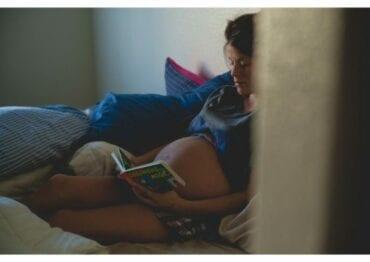
Pictures
Before your little one starts to read, encourage them to learn and discover clues from the pictures they see in their books. Point to the pictures on the page and simply ask your child what they see. This will be a great way to practice colours, numbers and animals with your child and give them the confidence to point out and recognise different things for themselves in time.
Use songs & nursery rhymes
Music will be a really fun and engaging way to promote rhyme and rhythm to help your child hear the syllables and sounds in words. Clapping and singing songs with your child is not only a great bonding activity for endless fun but will definitely help them to develop phonemic awareness.
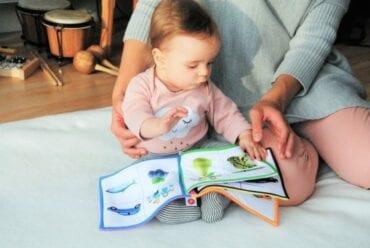
Make simple word cards
Flashcards are a really easy way to get your child thinking about the sound and spelling of different words. Start by writing one word which contains 3 sounds on each card. For example, cat, dog. Encourage your child to pick a card and keep practising the sounds of these simple words.
Phonics
You can’t learn to read without knowing the letter sounds and fortunately, there is a lot of fun household things to get your child thinking about the sounds of letters. blocks, magnet letters, ABC books, puzzles, charts, cards, floor mats, bedsheets to name a few – of course a pen and paper will do but most importantly make it fun!
Read on a daily basis
Making reading a part of your everyday life has more benefits than a lot of people think. The simple of act sitting down with a story every day will get your child used to the sound of words as, after all, they will be hearing what a fluent reader sounds like every day, which will improve their own ability. Most of all your child will form a love of reading setting them up for a lot of future literacy success!
Happy reading!





